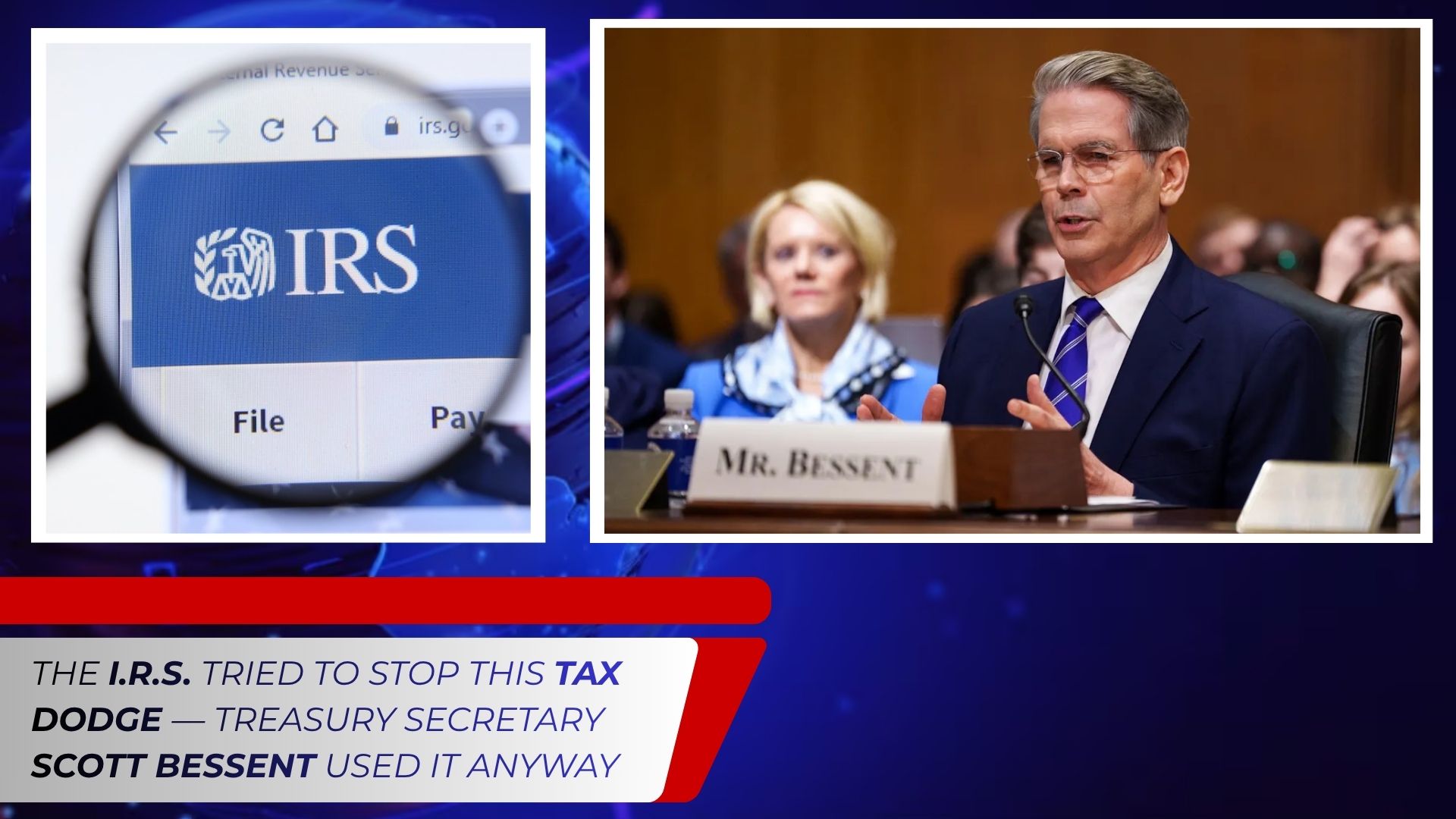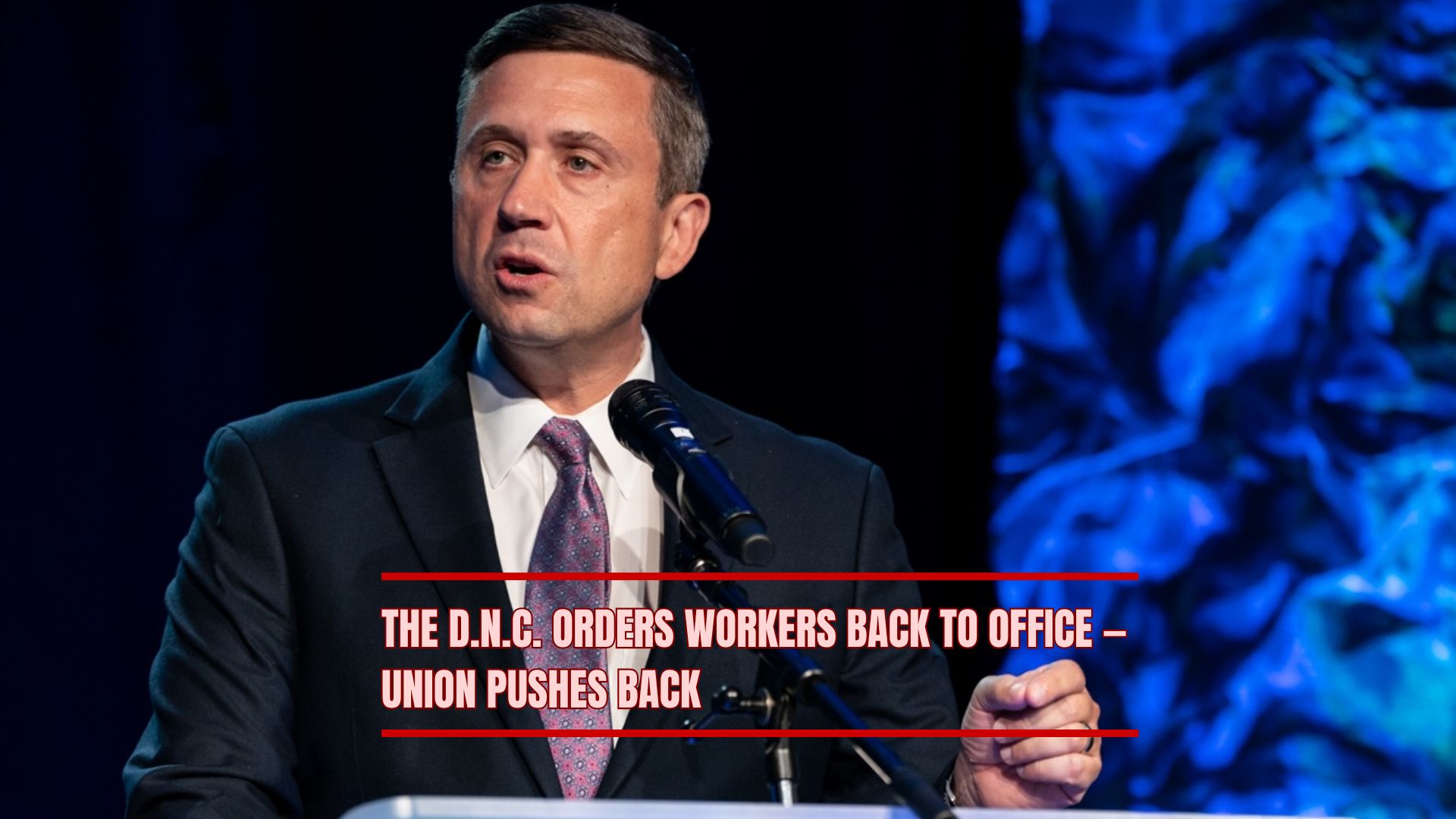The recent Netflix release, A House of Dynamite, directed by Kathryn Bigelow, has sparked significant attention for its intense portrayal of a nuclear crisis. The film depicts a scenario where an unidentified missile is launched towards the United States, leading to a 19-minute countdown to potential catastrophe. While the film has been praised for its suspenseful narrative and realistic depiction of decision-making under pressure, it has also raised concerns within the Pentagon regarding its portrayal of nuclear crisis management and the potential implications for public perception.
Plot Overview
Set in real-time, A House of Dynamite follows multiple perspectives, including the U.S. President, military personnel, and intelligence officials, as they grapple with the imminent threat of a nuclear missile strike. The narrative unfolds in a Rashomon-style format, providing viewers with insights into the high-stakes decisions made during the critical 19-minute window before the missile's projected impact. The film concludes with an ambiguous ending, leaving the outcome of the crisis unresolved and prompting viewers to reflect on the complexities of nuclear deterrence and decision-making under extreme pressure.
Pentagon's Concerns
According to reports, the Pentagon has expressed reservations about the film's portrayal of nuclear crisis scenarios. While the Department of Defense did not officially collaborate with the filmmakers, they did provide technical advisors to ensure a level of authenticity in the depiction of military procedures. However, some officials have raised concerns that the film's dramatic narrative may oversimplify the complexities of nuclear crisis management and could potentially influence public perceptions of the effectiveness of current defense systems.
Realism and Accuracy
Despite the Pentagon's concerns, many experts have lauded the film for its realistic depiction of the decision-making processes involved in a nuclear crisis. The filmmakers consulted with former military personnel and experts in nuclear strategy to ensure an accurate portrayal of the events. The film's attention to detail, including the depiction of the "nuclear football" and the procedures followed during a crisis, has been highlighted as a strength.
Public Perception and Implications
The release of A House of Dynamite comes at a time when global tensions regarding nuclear proliferation are high. The film's portrayal of a near-miss nuclear crisis may influence public perceptions of the likelihood of such events occurring in reality. Some analysts have expressed concern that the film could contribute to heightened anxiety about nuclear threats, while others argue that it serves as a necessary reminder of the potential consequences of nuclear conflict.
Conclusion
While A House of Dynamite has been praised for its intense and realistic portrayal of a nuclear crisis, it has also raised important questions about the depiction of such scenarios in media and the potential implications for public perception. The Pentagon's concerns highlight the delicate balance filmmakers must strike between dramatic storytelling and accurate representation of complex issues. As discussions about nuclear preparedness and crisis management continue, films like A House of Dynamite play a crucial role in sparking conversations about the realities of nuclear threats and the importance of effective defense strategies.
%20(4).png)



.png)





